After my 'Waist High Raised Beds' post, I've been doing some thinking and reading about raised beds in hot, dry climates and I have turned up some conflicting information. I'd love to hear what you all think of this. I love gardening in raised beds but I am still learning how to garden in Oklahoma and I have to say, while my yields do increase each year, they are far from impressive compared to what many others post here. So, after four years of gardening in raised beds, I find myself doing a bit of reassessment. Before I put money and effort into expanding my garden area and rebuilding some of my raised beds that are coming apart, I would like to be sure that what I am doing makes sense.
Do you think raised beds are a good idea in Oklahoma? If no, why? If yes, have you done anything to modify your raised beds to make them better suited to our climate?
I would especially love to hear from those who have gardened in raised beds and at ground level - which worked better for you?
And now for some of the confusing stuff I found online:
http://the-grackle.blogspot.com/2011/07/raised-veggie-beds-good-bad-and-ugly.html
This really caught my eye: "Raised-bed gardening can increase soil temperatures by eight to thirteen degrees over ground level soil temperatures." That seems like it would be counter-productive in our long, hot summers. On the other hand, if you mulch and use shadecloth, could you offset these negatives?
http://www.humeseeds.com/raised.htm
I also came across some info on sunken bed gardens, which is interesting. But since we can also get several inches of rain in a matter of days here in Oklahoma, maybe that wouldn't be such a good idea?
http://homeguides.sfgate.com/sunken-bed-gardens-vs-raised-bed-gardens-39865.html
I'm also realizing that we really have multiple shorter growing seasons here, rather than one long one. My garden seems to come to life in the fall when it cools off, and I have great success growing various greens even through the winter. Those same greens really take off in early spring and I get incredible harvests into May from the overwintered greens as well as the ones I plant in February. As long as I get an early enough start, March through early June seems to be the ideal time to grow tomatoes as well. From late June through August, I have a tough time growing much of anything successfully. It probably doesn't help that I leave for Canada in late June and return two weeks later in early/mid July. Okra, sweet potatoes, basil and peppers seem to survive and produce through the summer, but even tomatoes stop producing once the heat sets in. I have seriously thought about just taking a break during that period and saving the water, but usually there is just enough producing to keep me watering and hoping. Then its always a challenge trying to get fall greens and root vegetables started early enough in August, when its still hot, that they have time to mature before the days get too short. I think if I started tomatoes in the summer and transplanted them in late July/early August I could even get a second crop of tomatoes if I got the timing right (which I haven't succeeded in doing so far). I have decided that a proper seed starting system is a must have for gardening in this climate and I am determined to have one set up by the end of December so I am prepared for next year.
Having said all that, I wonder if its more about when than it is about how (raised bed vs. in the ground). When I think about gardening in the fall/spring, then raised beds make a lot of sense.
Would love to hear everyone's thoughts on all this.
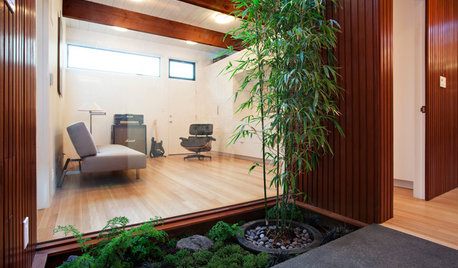
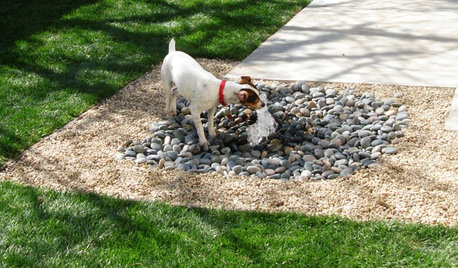
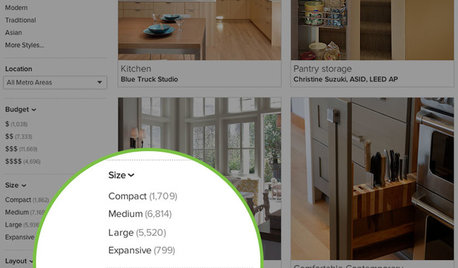
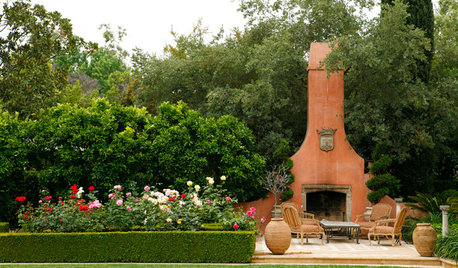

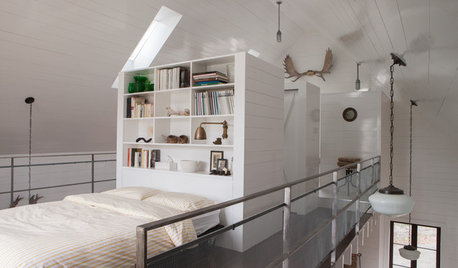


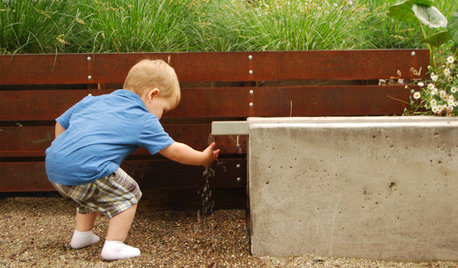






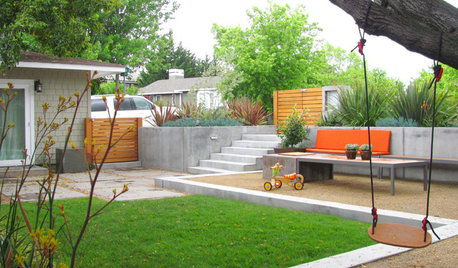
chickencoupe
Shelley SmithOriginal Author
Related Professionals
Allen Landscape Architects & Landscape Designers · Hartford Landscape Contractors · Athens Landscape Contractors · Fort Worth Landscape Contractors · Monterey Landscape Contractors · Sammamish Landscape Contractors · Irvington Landscape Contractors · Fort Mill Decks, Patios & Outdoor Enclosures · High Point Decks, Patios & Outdoor Enclosures · Lenoir Decks, Patios & Outdoor Enclosures · Portage Decks, Patios & Outdoor Enclosures · Pueblo West Decks, Patios & Outdoor Enclosures · San Antonio Decks, Patios & Outdoor Enclosures · Shirley Decks, Patios & Outdoor Enclosures · Highland Decks, Patios & Outdoor Enclosuressammy zone 7 Tulsa
jerrydeacon
Okiedawn OK Zone 7
soonergrandmom